Improving accessibility to audiovisual learning materials
Michael Rabbidge
There is a growing interest in understanding the impact that audiovisual materials can have on the incidental acquisition of L2 vocabulary, and this seems like a reasonable phenomenon considering the rise of such materials in English language teaching circles. Therefore, for this entry I would like to flesh out an idea related to the use of audiovisual materials and vocabulary acquisition and how these can be applied to the Chasing Time English series. However, I’d like to take a more deliberate approach and focus on intentional learning of vocabulary through this medium.
An important factor that influences the success a student may have when engaging with video material is vocabulary size, and if there is a gap between the vocabulary knowledge of the student and the materials being viewed then there are a host of things that can impede the acquisition process. The most common issue can be the inability to recognize vocabulary items in the stream of language that accompanies the video.
To overcome this issue there are a number of things teachers can build into activities that can better scaffold students through the process of acquiring the ability to segment vocabulary from streams of language. Here I am going to borrow from an old colleague of mine, Nico Lorenzutti, and his excellent article “Beyond the Gap Fill: Dynamic Activities for Song in the EFL Classroom”. I worked with Nico many years ago, and witnessed firsthand how he developed the double gap fill idea and how effective it was at not only generating motivation in listening activities but also scaffolding students through more difficult listening materials. Although his article discusses such techniques in relation to pop songs, they are easily transferable to other media forms as well.
The basic idea here is a modification of the traditional gap fill activity that dominates textbook materials when it comes to listening and other audiovisual materials.
I have taken some dialogue from an extended scene in My Name is Lucky, a Chasing Time English original series, and transformed it into what a traditional gap fill looks like this, for the uninitiated:
J: We’re really __________ about Lucky.
R: She thinks you’re _________ her.
J: Why would we be _________?
R: Because you’re ____________.
J: __________? Of what?
R: That we started dating.
J: That’s crazy. She’s my friend. I know she likes you.
Link: https://vimeo.com/835287930/f75c535994
Here students would be asked to listen and simply fill in the gaps with words they hear from the text. Maybe if students did not hear everything the first time there would be multiple listenings, but generally this is an uninspiring listening activity.
To better scaffold students through this process though there are a number of things we can do to as teachers. The creation of the double gap fill look s like this: (G) __________ (A) ____________ where (G) is a prediction that asks students to Guess the vocabulary item, and (A) is where students write down the actual Answer they hear when listening or watching content.
This is one version of what this may look like based on the same script from the Lucky series:
J: We’re really (G) __________ (A) ____________ about Lucky.
R: She thinks you’re (G) __________ (A) ____________ her.
J: Why would we be (G) __________ (A) ____________?
R: Because you’re (G) __________ (A) ____________.
J: (G) __________ (A) ____________? Of what?
R: That we started dating.
J: That’s crazy. She’s my friend. I know she likes you.
This time, asking students to read the dialogue and predict, or Guess, vocabulary based on co-textual information ensures a greater possibility of listening success when students are asked to actually listen. The provided dialogue gives insight to the stream of language the students are about to hear, allows for a prepping of vocabulary knowledge and possible answers to be called upon from their background knowledge. But there is still more you can do to scaffold students.
The following examples show more variations that can be used in a similar manner.
J: We’re really (G) __________ (A) ____________ (emotion/ adjective) about Lucky.
R: She thinks you’re (G) __________ (A) ____________ (synonym for angry) her.
J: Why would we be (G) __________ (A) ____________ (antonym for happy)?
R: Because you’re (G) __________ (A) ____________ (feeling of envy).
J: (G) __________ (A) ____________? ( negative emotion) Of what?
The different types of clues that can be employed are up to the teacher. Likewise, asking students to come up with their own double gap fills for each other can further advance the process and improve student agency in the learning process.
This type of activity is a great example of how activities can be adjusted/ created to suit the purposes of any type of material, no matter the perceived difficulty level of the material. This would be one type of activity that could be used with any of the fantastic series offered by Chasing Time English and is easy enough to create in accordance with the needs of a given teaching context.
